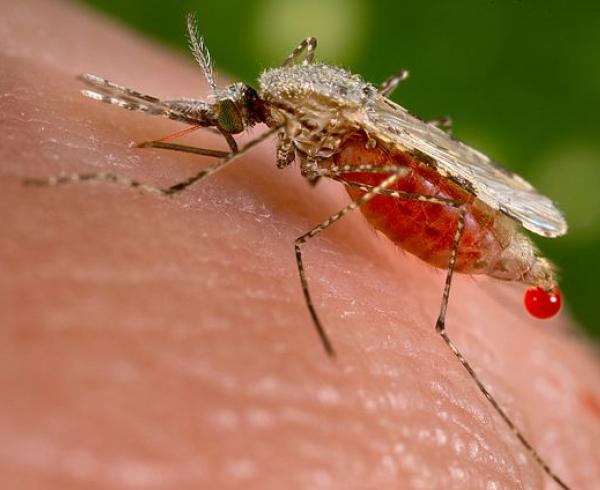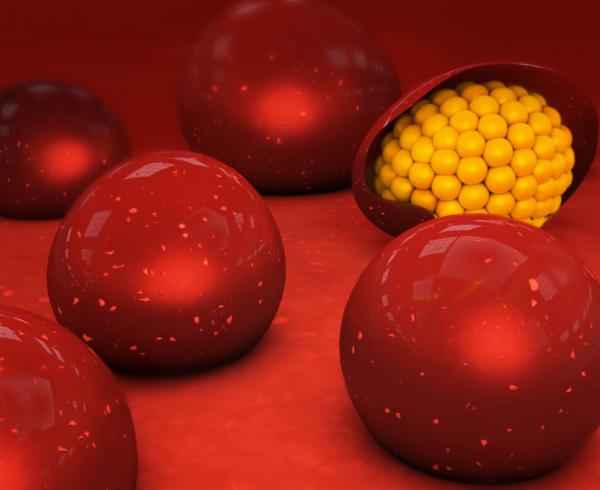Key Facts about Malaria
According to the latest estimates, released in December 2013, there were about 207 million cases of malaria in 2012 (with an uncertainty range of 135 million to 287 million) and an estimated 627 000 deaths (with an uncertainty range of 473 000 to 789 000). Malaria mortality rates have fallen by 42% globally since 2000, and by 49% in the WHO African Region.



